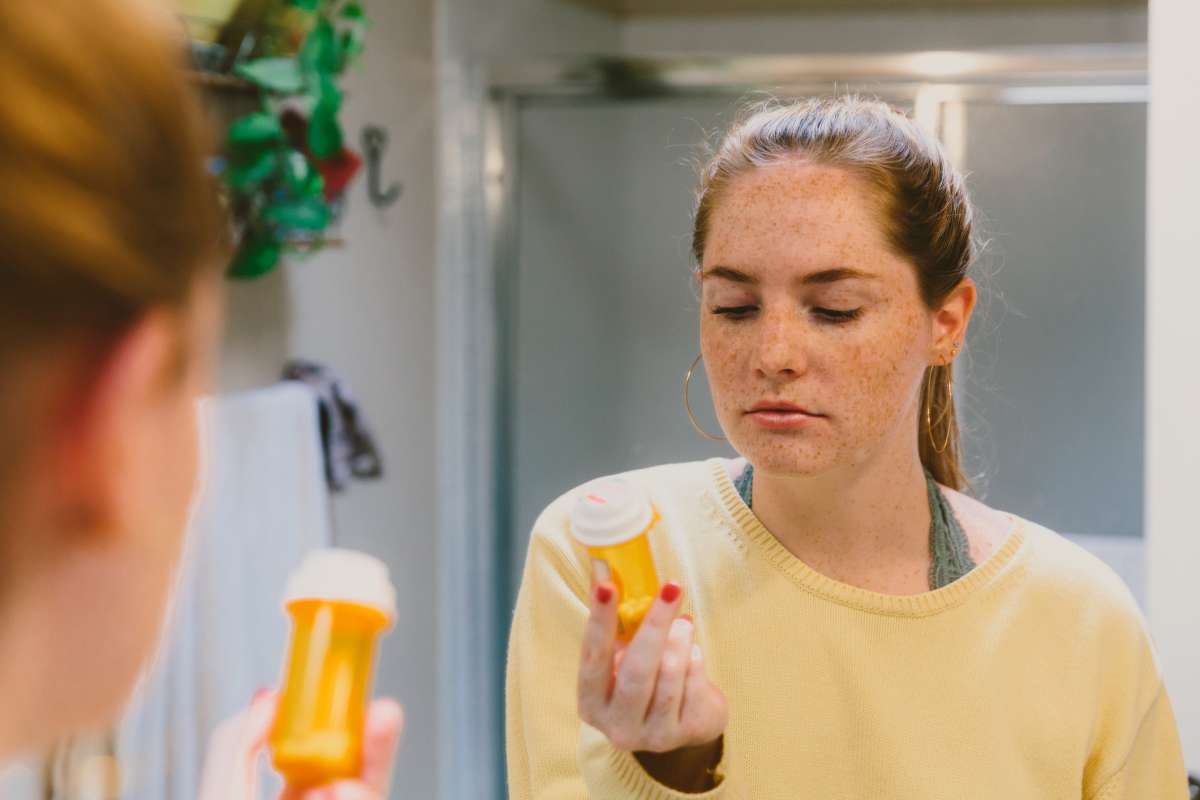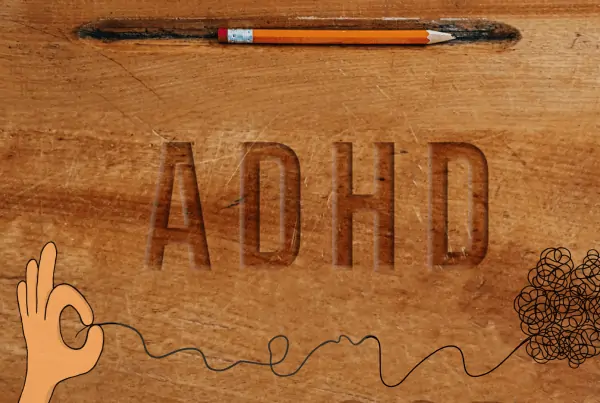While teen substance abuse has categorically decreased over time, especially with the COVID-19 pandemic, it still remains an issue affecting millions of young adults. Various popular party drugs are currently available that contribute to this problem.
As many as 17 percent of eighth graders and over 46 percent of 12th graders admitted to using alcohol in the last year. For marijuana, the numbers were at 7 percent among eighth graders and over 30 percent among 12th graders. Even among illicit (hard) drugs, one of the categories that dropped the hardest, drug use remained at nearly 5 percent for eighth graders and over 7 percent for 12th graders. That is about one in twenty and one in fourteen students, respectively.
Part of the reason teens don’t use drugs as much as they used to is that they simply don’t party as much as they used to. Teens are far less keen on drugs and unprotected sex than previous generations, and are even dropping vaping at a fast pace. But when today’s kids party, they still party just as hard as teens at any other point in history. And yes, that includes popular party drugs.
What Are Party Drugs?
Some of the popular party drugs teens use nowadays largely resemble the same stuff available a generation or two ago. Although the names change, and some of the production trends and supply chains have altered, teens are still into booze, weed, dope, and LSD, among others.
Mainstays from previous generations are still around, like MDMA (ecstasy), ketamine, and lean (cough syrup mixed with alcohol or soda). Newer drugs on the market include various strains of synthetic cannabinoids and other designer drugs, made to evade the DEA (Drug Enforcement Administration) and FDA (Food and Drug Administration) while catering to a variety of clientele.
1. Ecstasy
Ecstasy is usually MDMA, or at least a mixture of drugs, including pure MDMA. It is a type of synthetic stimulant that grew in popularity in the rave and dance party scene and can be found pretty much anywhere. Most forms of ecstasy are sold in tabs or pill form and are sometimes also called Molly, Mandy, or X.
As a stimulant, ecstasy creates a feeling of euphoria and provides a boost of energy. But overuse can strain the heart and kidneys. It’s an addictive drug, and side effects range from painful teeth grinding to paranoia and blurry vision.
2. Ketamine
Ketamine is an alternative pain killer and anesthetic, usually used for sedation. It is considered an analgesic and an anesthetic drug but has also been researched for the treatment of depression. Since it began being used in surgery, ketamine also grew popular as a recreational drug, all the way back in the days of the Vietnam War. It is sometimes called Special K and is sold in powder or liquid form. When taken, it induces a dissociative, hallucinogenic effect, but it can be addictive, unlike most hallucinogens.
3. Cough Syrup
A lot of cough syrup-related drugs use prescription-strength purple-tinted codeine and promethazine cough syrup, and mix it with a soda like Sprite, and candies. The result is a sweet purple soda called “lean,” laced with prescription-grade painkillers, creating a euphoric effect. As a synthetic opioid, codeine is also addictive.
4. Synthetic Marijuana
While marijuana is illegal and not suitable for teen use either, synthetic marijuana is significantly more dangerous.
These are synthetic cannabinoids created in a lab and either sprayed on cellulose or sold in liquid form as an “alternative” kind of CBD. These unregulated cannabinoids are often highly potent, far more than regular marijuana, and can lead to hospitalization or worse. Depending on where and how the drug was developed, low amounts are all it takes to cause poisoning.
5. LSD (Lysergic Acid Diethylamide)
Synthesized from lysergic acid, a range of alkaloids produced by the ergot fungus (which grows on ryes and grasses), LSD is a powerful hallucinogen that has been the subject of research, medical debate, and plenty of legislation as far back as the 1960s.
While it isn’t addictive, because of its powerful hallucinogenic effects, LSD remains a controlled substance. Even low use can easily lead to injury due to its hallucinogenic properties. It’s also called acid.
6. PCP (Phenylcyclohexyl Piperidine)
Also known as angel dust, PCP is another powerful hallucinogen usually mixed with tobacco or marijuana for smoking. It can cause seizures and addiction and has been linked to an increased risk of suicide.
7. Inhalants
Inhalants are a wide class of drugs that include various solvents and aerosols, even in household items. A lot of inhalant use isn’t illegal, but it is dangerous, and medically unadvised. Inhalant use can cause a high in teens, but can quickly wreak havoc on the brain, heart, and lungs. Common inhalants include:
- Butane
- Toluene (permanent markers, contact cement, certain glues)
- Amyl nitrite
- Nitrous oxide
- Acetone
- Gasoline
- And others.
8. Prescription Stimulants
The most common prescription stimulants are Ritalin and Adderall (Adderall is also an amphetamine), both of which are provided to teens diagnosed with ADHD (attention-deficit/hyperactivity disorder).
In non-ADHD individuals, prescription stimulants can lead to addiction, and are sometimes sold as “smart drugs” as a study aid or performance enhancer. While these claims are baseless – these drugs don’t enhance memory or improve cognition before a test – they aren’t always just served at parties.
9. Cocaine
While cocaine is inordinately expensive these days, it can still be sold at upper-class parties, or cut with common household powders, from talc to powdered sugar. Cocaine is an alkaloid drug derived from the coca leaf and used for its euphoric, stimulant effects. However, it can cause heart and respiratory damage and quickly lead to addiction.
10. Alcohol
Yes, alcohol is a party drug – and by far the most common and thus most dangerous party drug of them all. While binge drinking numbers have dropped among individuals aged 12 to 22, they’re still quite high. In 2019, 33 percent of full-time college students reported binge drinking in the last month. The risk of a car accident from drunk driving is also still higher among younger drinkers than older ones.
What If My Teen Is Using Drugs?
It goes without saying that drug use is dangerous, even in one-off or experimental circumstances. Teens, however, are especially vulnerable to the negative aspects of drug use, including addictiveness. The teen brain is more likely to get addicted than the adult brain, as research shows – the earlier a person begins using drugs, the more likely they are to struggle with long-term drug use in adulthood.
Street Drugs
Some drugs are more dangerous than others. Unsurprisingly, street drugs are often near the top of the list because they are completely unregulated. Their contents cannot be accurately controlled, and neither can their method of production. Just because you find a pill labeled or sold as pure MDMA does not mean that is what you are getting.
Date Rape Drugs
There are also drugs that teens are ingesting without having any knowledge or control over them. “Date rape” drugs are unfortunately common, especially at the college level, and are used to incapacitate a person and lead to sexual assault. Adolescents and young adults are four times as likely to experience date rape than any other age group.
Preventing date rape is difficult because the drugs can be mixed into a teen’s drink at any time. It is a good idea to make sure your teen knows never to let their drink out of sight if they attend a party, or to get a new one the moment they’ve left their old drink unattended.
Some products to casually recognize these drugs in drinks, such as date-rape detection nail polish and other similar products, may also be very useful, although it is important to review how many different types of drugs these products can detect.
The Dangers of Legal Drugs
Outside of popular party drugs, even “legal” drugs are incredibly dangerous. Alcohol use among teens is still too high, with binge drinking and alcohol-related car accidents being some of the most common killers among young people. Cigarettes and nicotine are just as abundant and ubiquitous as alcohol, and even more addictive while promoting the development of lung and heart cancer. Prescription drugs, whether stimulants, painkillers, or depressants like benzodiazepine, can quickly lead to addiction and overdose.
Get Help for Teen Substance Use
If your teen shows signs of drug use, has admitted to frequently using drugs, or has been caught with drugs on multiple occasions, it’s important to act as soon as possible. Talk to your teen about quitting. Talk to them about professional help. Be with them every step of the way towards treatment. They will need the support in the coming months and years.
For more information about teen drug use or popular party drugs, contact us today.
At Visions Treatment Centers, we specialize in diagnosing and treating a range of teen mental health issues and dual diagnoses using specialized modalities and care through our teen residential programs and more.









